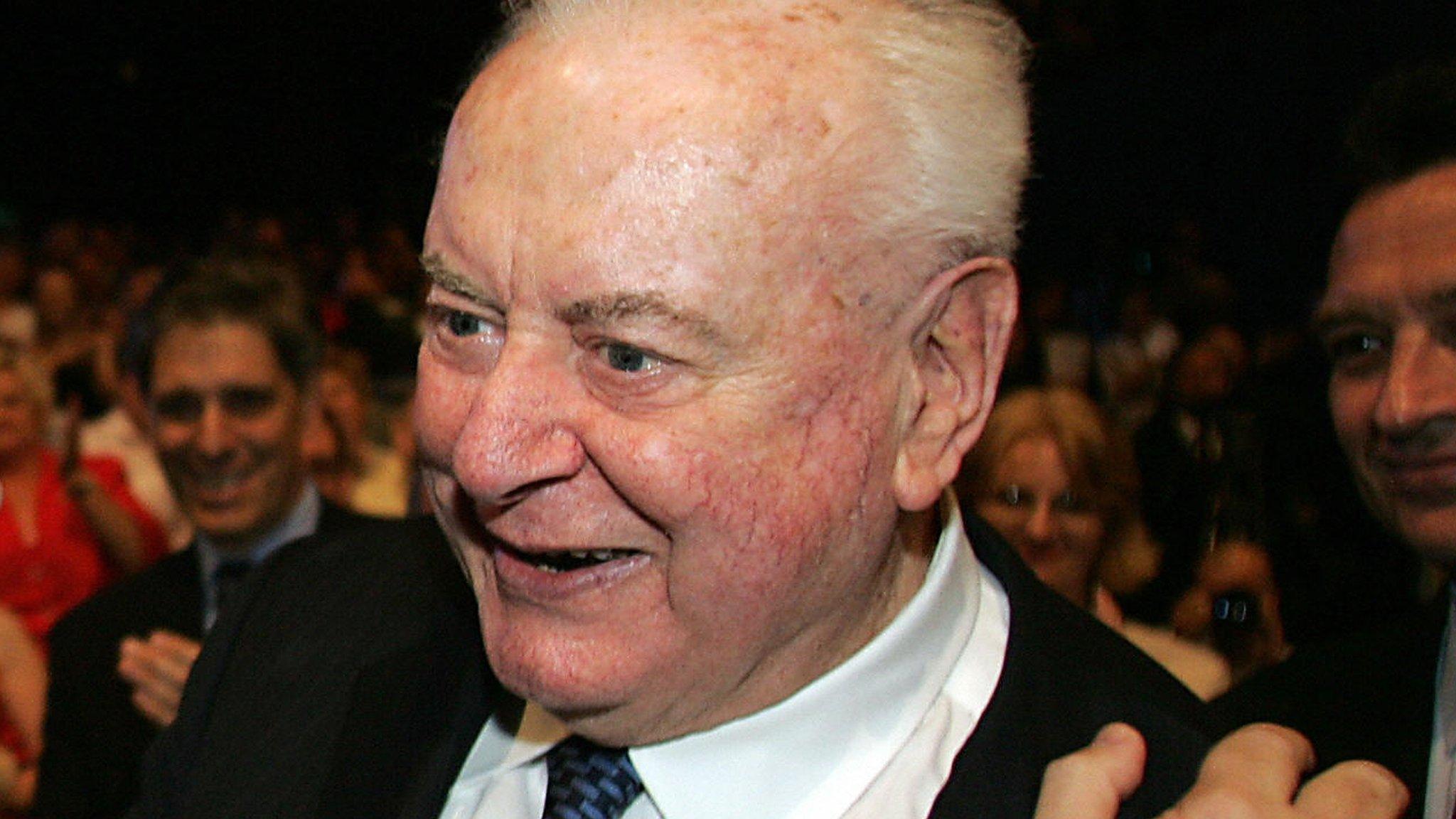Gough Whitlam: Five ways he changed Australia
- Published
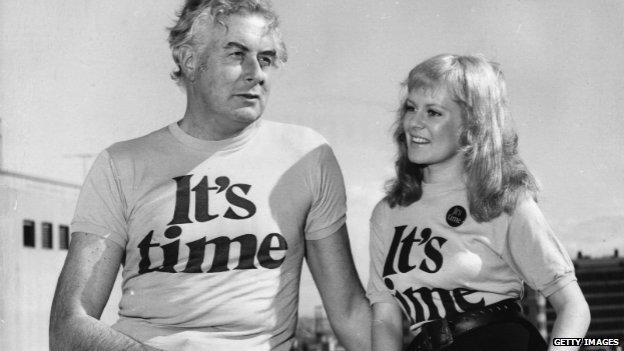
Many of the reforms Gough Whitlam introduced in the 1970s helped shape Australian society today
Gough Whitlam, prime minister for less than three years between 1972 and 1975, pushed through a raft of reforms that radically changed Australia's economic, legal and cultural landscape.
Some of those reforms have since been partly unravelled, such as free access to higher education, but others remain. Here are five that were among the biggest and most controversial.

Health care
After World War II, Australians began to take out private health insurance but by the time the Labor Party came to power in 1972 a large percentage of the population, many of them on low incomes, was still uninsured.
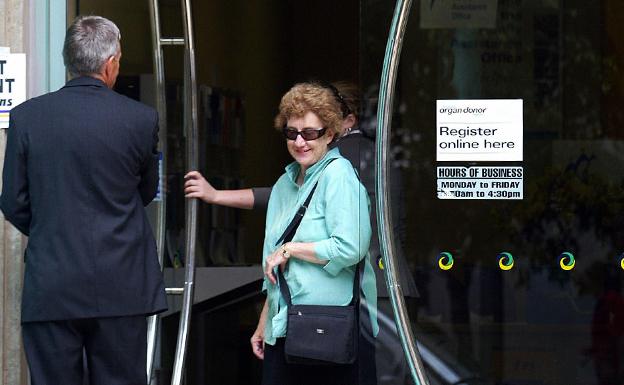
Gough Whitlam's Medibank health scheme became Medicare and still exists in a reformed state
The Health Insurance Bill of 1973 aimed to introduce a universal health insurance scheme called Medibank. It faced strong opposition but was finally passed in 1974. Under the Hawke Labor government of the 1980s, the scheme became known as Medicare, and still exists in a reformed state today.

Education
Education was a core area of reform for the Whitlam government. Measures included the abolition of university fees and establishing greater equity in the way state and private schools were funded, through the creation of a Schools Commission.
According to the Whitlam Institute at the University of Western Sydney, under Gough Whitlam spending on state government schools increased more than six fold and on non-government schools it more than doubled.

Indigenous Australia
Mr Whitlam's reforms in the area of "self-determination" for Indigenous Australians and land rights are among his most contentious, even today. Breaking with the past system of government control over nearly every aspect of the daily lives of Indigenous Australians, the government adopted a policy of allowing Indigenous communities to make their own decisions.
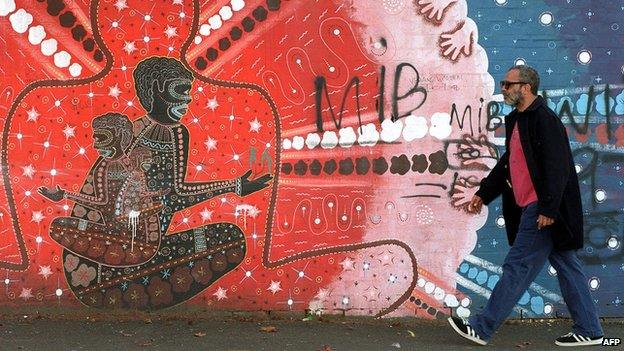
A mural at The Block, pictured here, one of the first pieces of land in urban Australia owned by indigenous people
He also committed to legislate for Indigenous Australians land rights, mostly famously by the move in August 1975 to return traditional lands in the Northern Territory to the Gurindji people.
The government also created the Aboriginal Land Fund so indigenous organisations could buy back traditional lands that were owned by private interests. The Liberal-National Coalition that ousted Whitlam in 1975 continued with many of these reforms.

Multiculturalism
Momentum had been growing since the end of World War Two to move away from a long-held bipartisan immigration policy of assimilation to one of multiculturalism.
In 1973, the Whitlam government ended the White Australia policy that intentionally favoured immigrants from European countries, in particular, the UK, dropping all references to race in its immigration policy. Immigrants were now to be chosen on merit and eligibility for various categories rather than on the basis of race, colour or religion.

Arts and culture
Former Labor Prime Minister Paul Keating said Gough Whitlam had changed the way Australia thought about itself. "He snapped Australia out of the Menzian torpor - the orthodoxy that had rocked the country asleep, giving it new vitality and focus," said Mr Keating, referring to Australia's longest-serving prime minister and conservative Robert Menzies.
That focus included elevating the arts into the national discussion about what it meant to be Australian. Arts funding was doubled, FM radio was introduced and radio station 2JJ was established in Sydney as part of a plan for a national youth radio network (today, it operates as Triple J).
Perhaps, most controversially, the government bought US artist Jackson Pollock's abstract expressionist painting "Blue Poles" for the National Gallery for A$1.3m ($1.1m; £700,000). Newspapers of the day described it as nothing more than "dribs and drabs" painted by "barefoot drunks". Today, the painting remains one of the gallery's most important and valuable pieces.

- Published21 October 2014
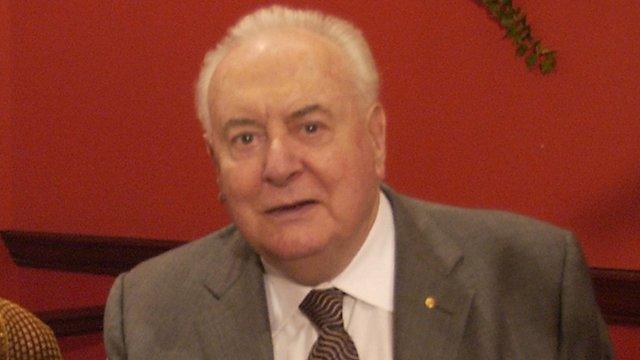
- Published20 October 2014
